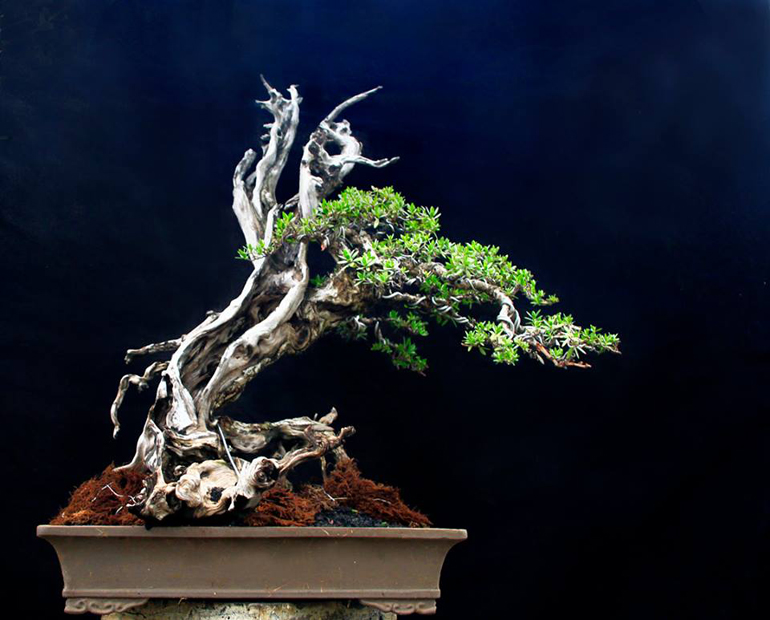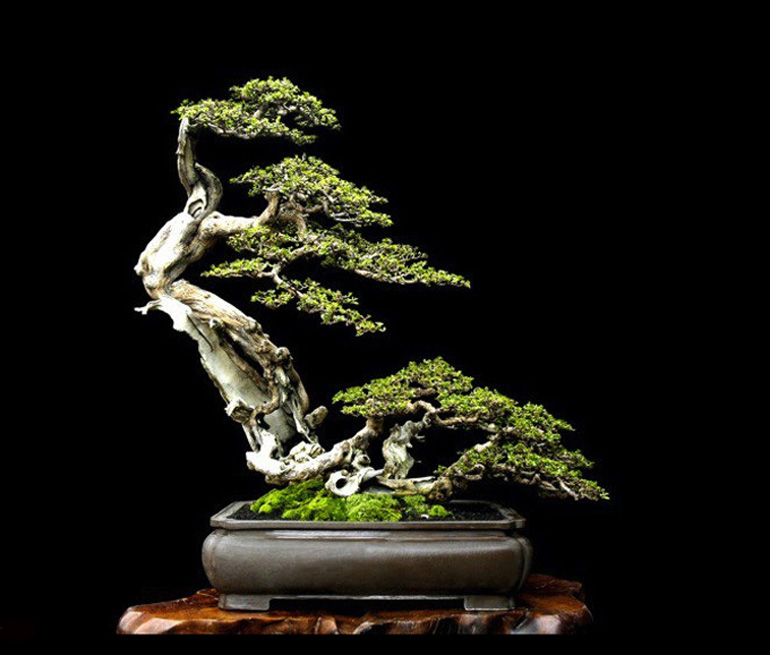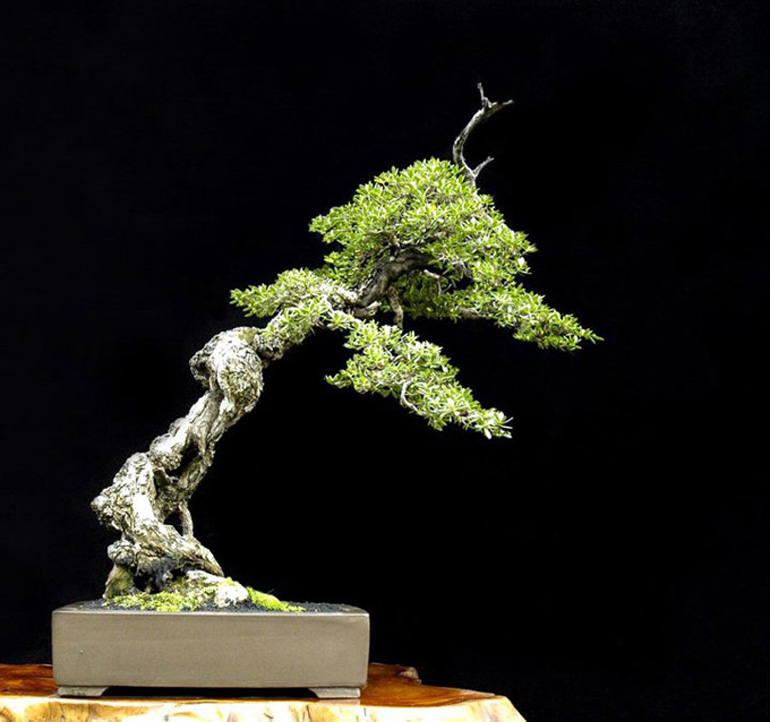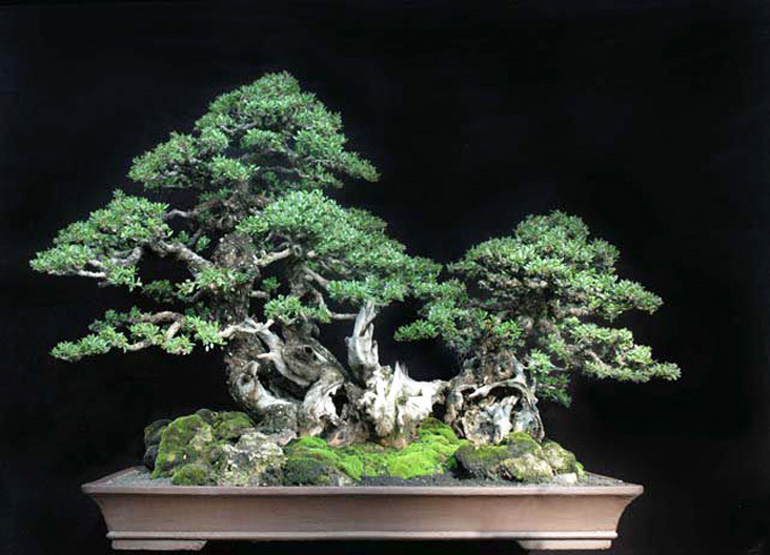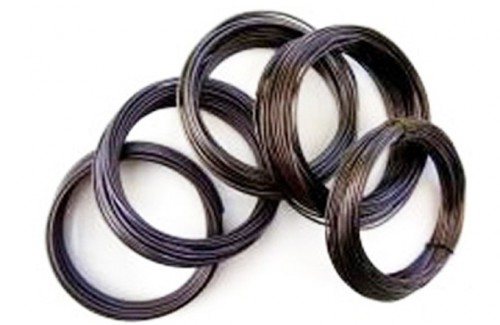Like most bonsai, this one has been wired. In fact, there's visible wire on it right now. It's a Shimpaku that's from a chapter in our Masters' Series Juniper book, titled Keiko Tamaki's Deft Touch.
Because this post is an attempt to dig into a bonsai topic in some depth (and because it might be viewed as an extended advertisement for our bonsai wire), I’d like borrow a disclaimer (slightly paraphrased) from our friend Michael Hagedorn: “There are plenty of exceptions to everything I’m about to say, which naturally makes blogging about bonsai a total disaster.”
Most bonsai are wired at some stage in their development and chances are bonsai that have been around for a long time have been wired repeatedly. In many, if not most cases, it’s difficult to get the best results without wire.
Anodized aluminum wire is the most popular, at least here in the West (the other choice is copper wire). We offer both Japanese (Yoshiaki) and Chinese (Bonsai Aesthetics) anodized aluminum wire and we often get questions about the difference.
Put simply; Yoshiaki wire is more expensive and stiffer than Bonsai Aesthetics wire. Stiffer means better holding power and a little more challenging to use (copper wire is the stiffest and most expensive of all).
However, holding power versus ease of use is not the whole story. There are at least two other things to consider: the price and the type of tree you are working on.
When it comes to price, Bonsai Aesthetics wire is hard to beat. Even though you need slightly heavier wire to get the same holding power as with Yoshiaki Japanese wire, you still save with Aesthetics wire.
Continued below…
One reason the best Japanese bonsai look more refined than most Western bonsai is because Japanese bonsai artists tend to wire all the way out to the tips of the smallest twigs.
Another consideration when choosing wire is the type of tree you are working on .
Trees can be broken down into four very general categories: conifers, deciduous, temperate zone broad leaf evergreens and tropicals. We’ll just skim the surface here and maybe dig a little deeper in a future post.
Most conifers require stiffer wire than other trees, so copper works quite well (it’s strongest and stiffest of all and very good for heavy branches).
However, copper wire is more difficult to use (at least until you get used to it) and many people eschew it for the ease and lower cost of aluminum. If you do use aluminum, you’ll need a gauge that is quite a bit thicker than the gauge for copper.
Continued below…
Once the wire is on (copper in this case) it's time to bend. You might notice how thin the wire is relative to the branches. If you use aluminum, you need much thicker wire. This photo and all the others in this post are from our Masters Series Juniper book.
Deciduous trees are usually wired with aluminum as are most temperate zone broad leaf evergreens (azaleas for example). Either Yoshiaki or Bonsai Aesthetics wire will work depending on the size of the branch and your preference.
Some tropicals, especially yamadori tropicals, don’t need much wiring, if any at all. If you have a tropical you’d like to wire, we recommend Bonsai Aesthetics aluminum wire. Most tropicals grow very fast (especially in the tropics) and you’ll be taking wire off not long after you put it on, so why spend the extra money?
Another good use for wire. If you want to prevent future mishaps, both small and large, it's an excellent idea to wire your tree into the pot.
Most of this post originally appeared in May, 2013, with some text added some changed.

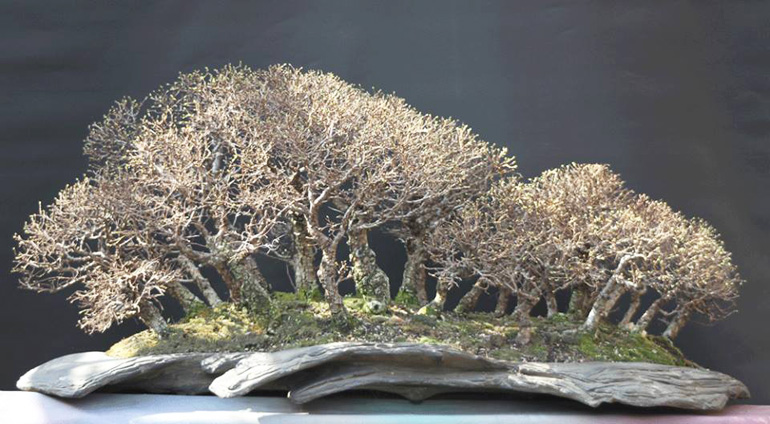
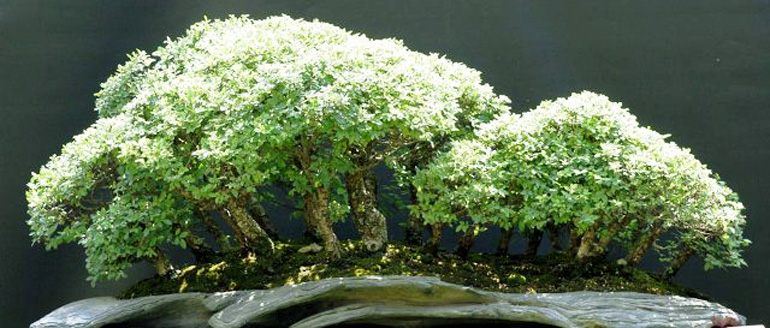
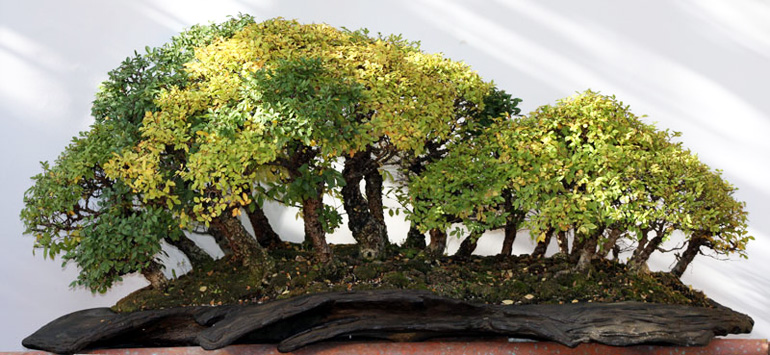
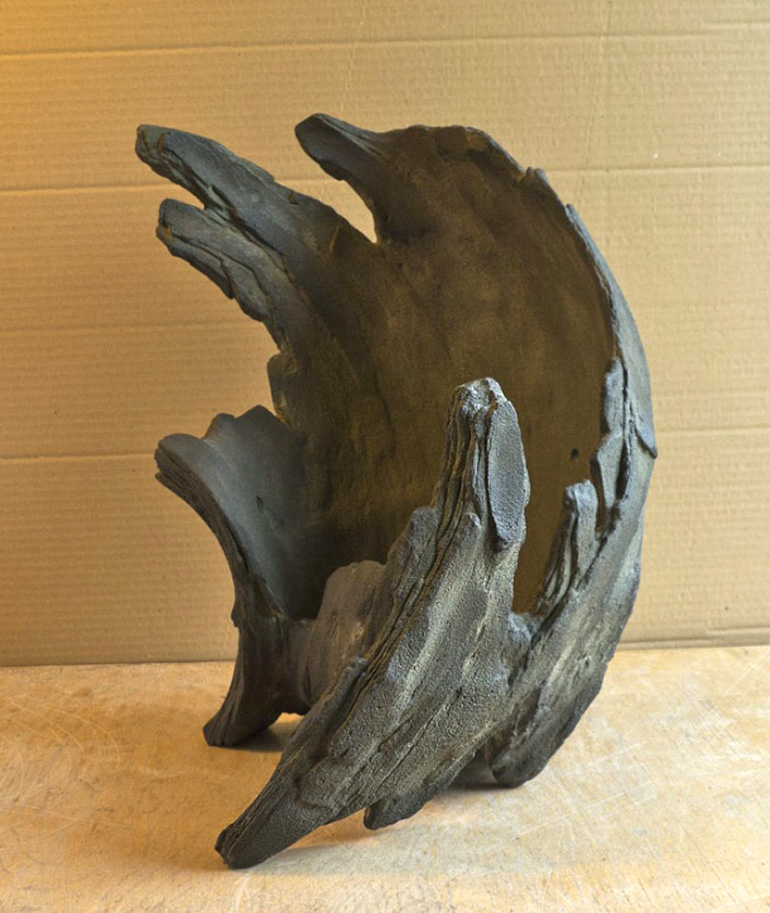
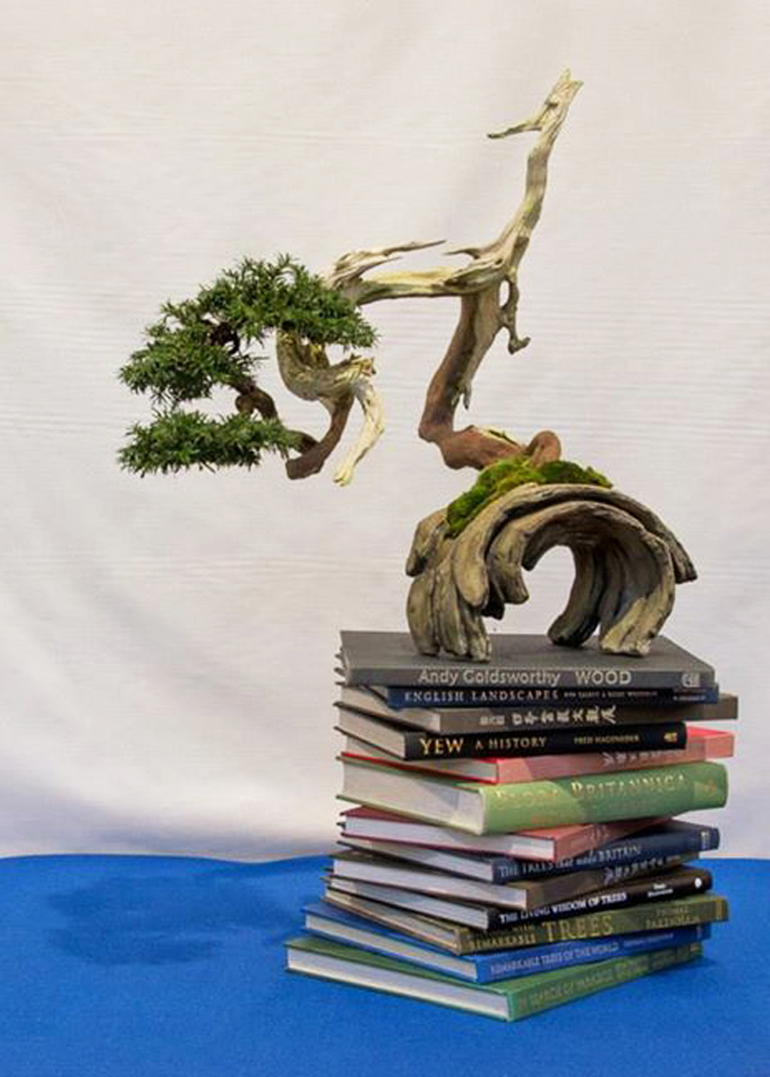
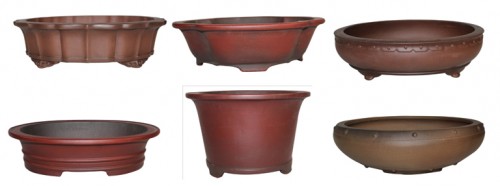

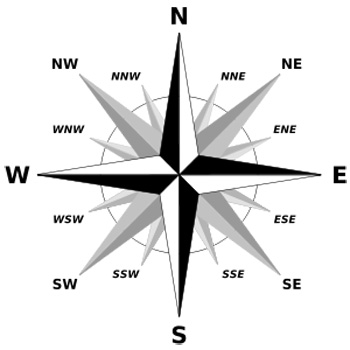









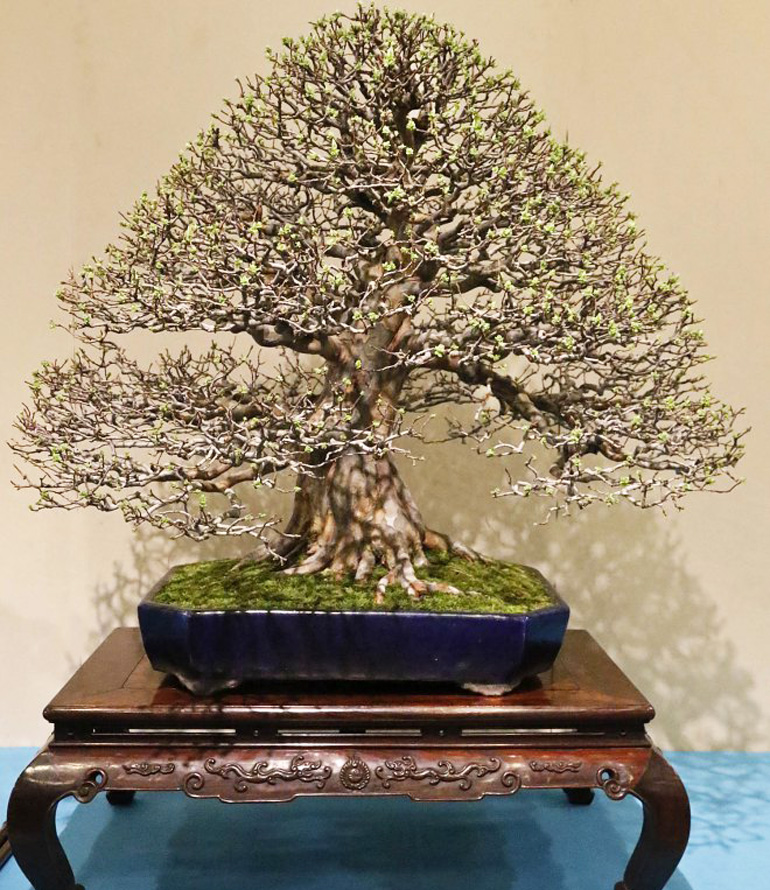

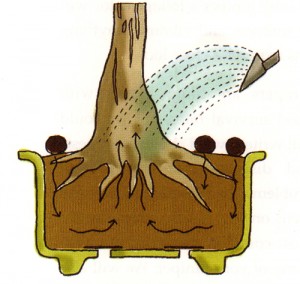
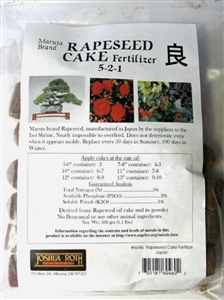
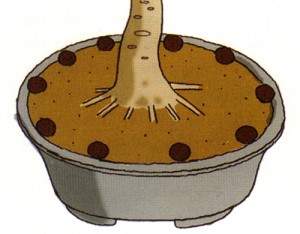 When trees are in the pot for a long time, the roots spread to the edge of the pot, so you want to place the fertilizer near the edge; the fine feeder roots that absorb water and nutrients are mostly at the outer reaches of the root system.
When trees are in the pot for a long time, the roots spread to the edge of the pot, so you want to place the fertilizer near the edge; the fine feeder roots that absorb water and nutrients are mostly at the outer reaches of the root system.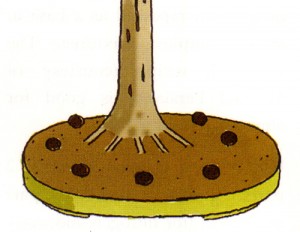 After transplanting it’s good to place the
After transplanting it’s good to place the 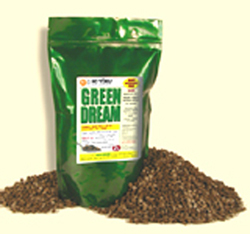
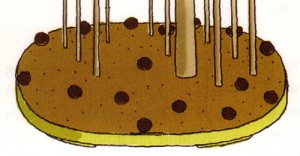 On forest style plantings, spread the
On forest style plantings, spread the 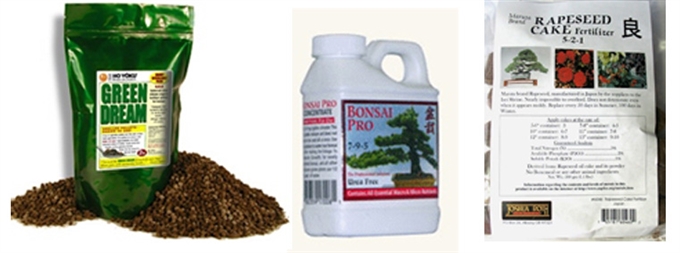

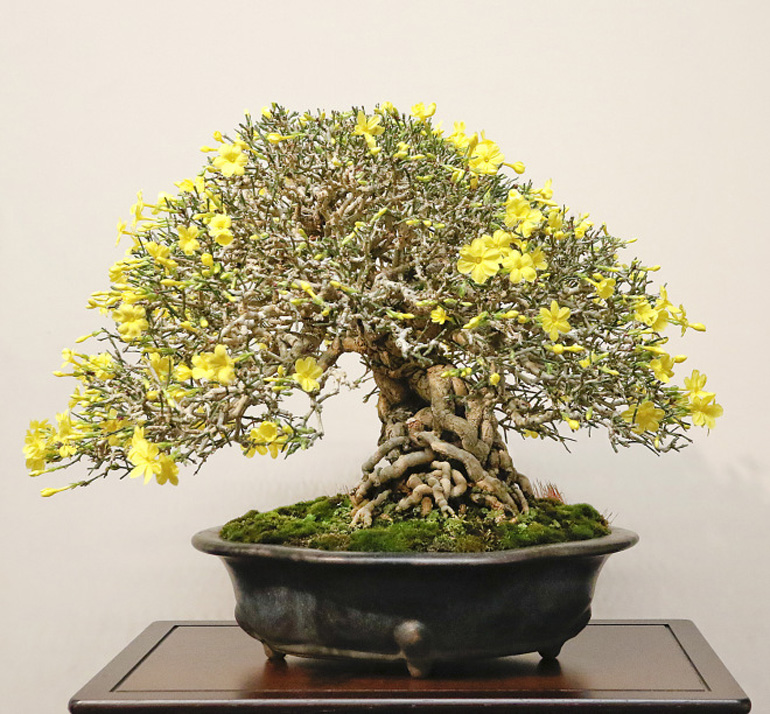

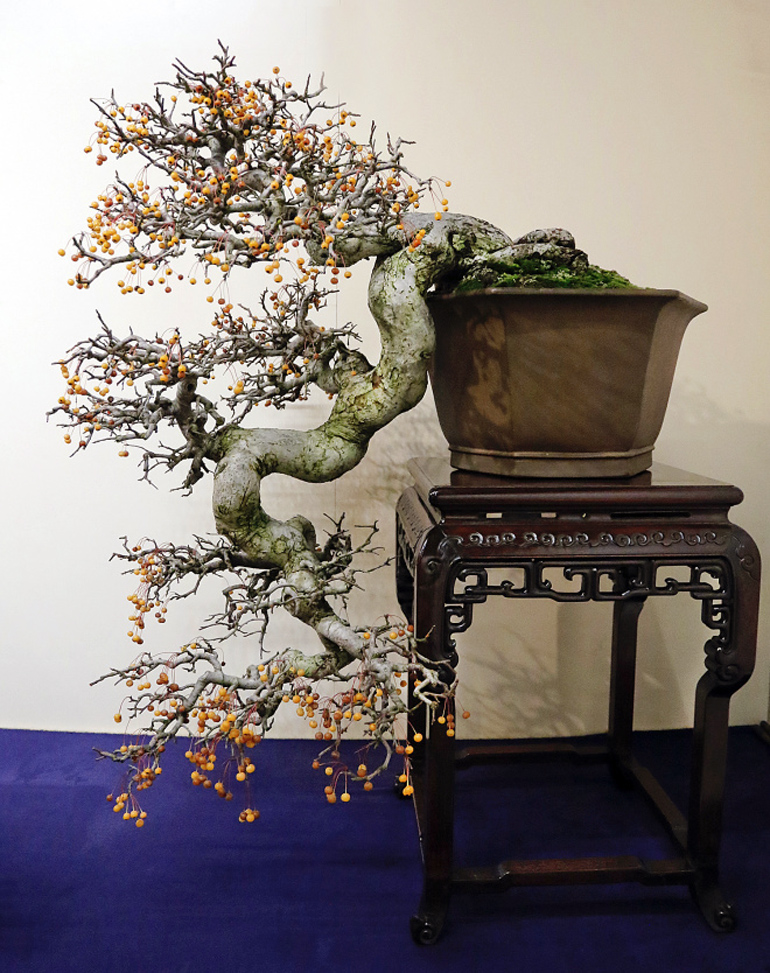
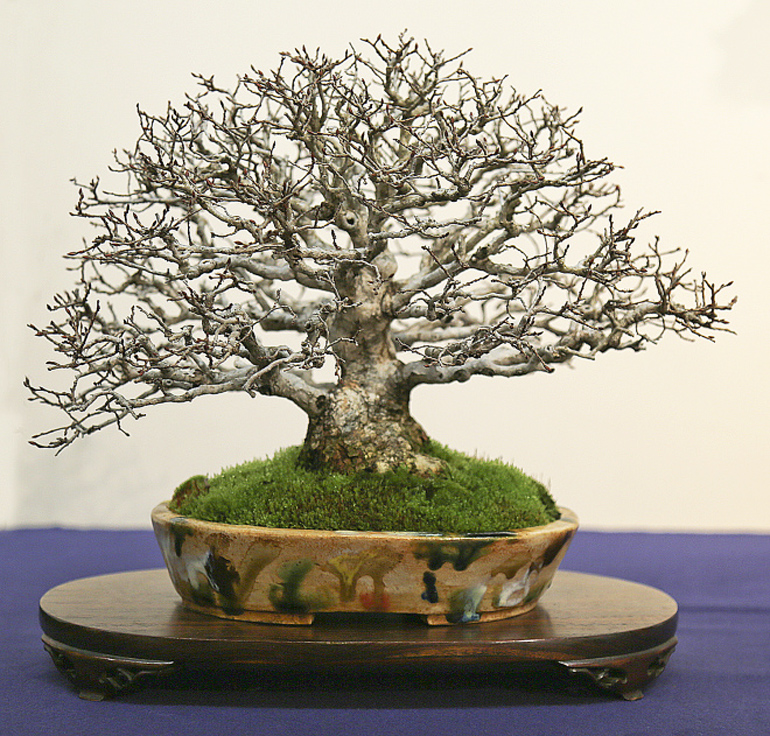




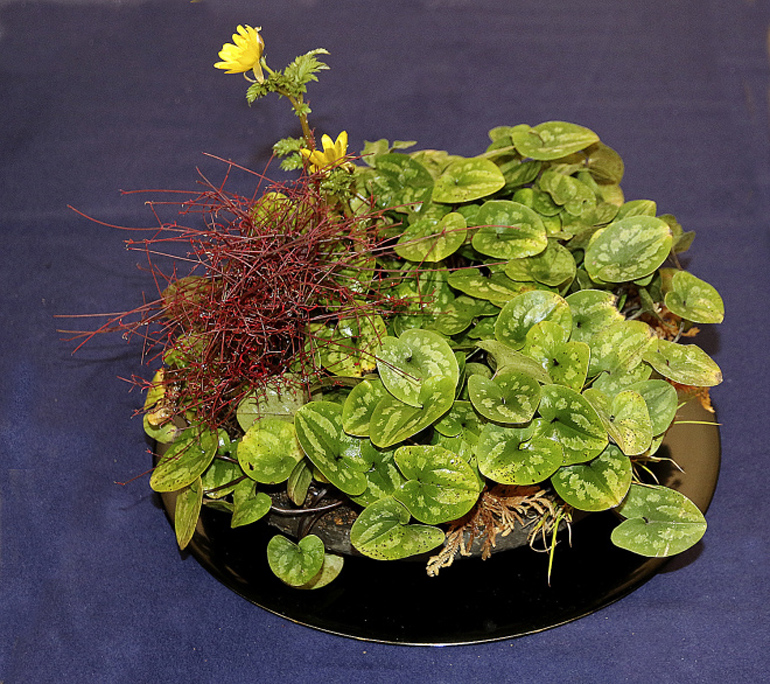
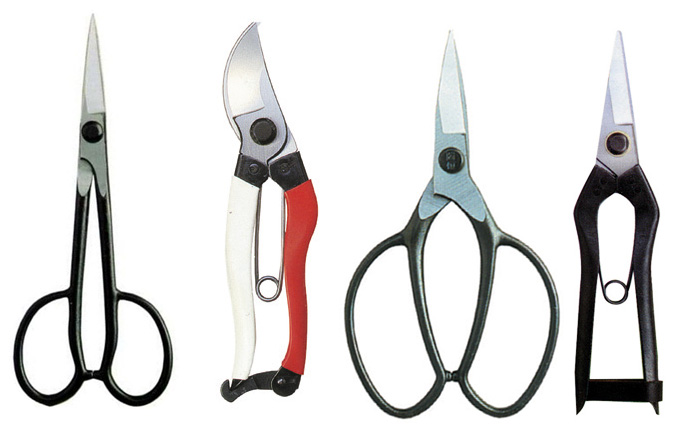
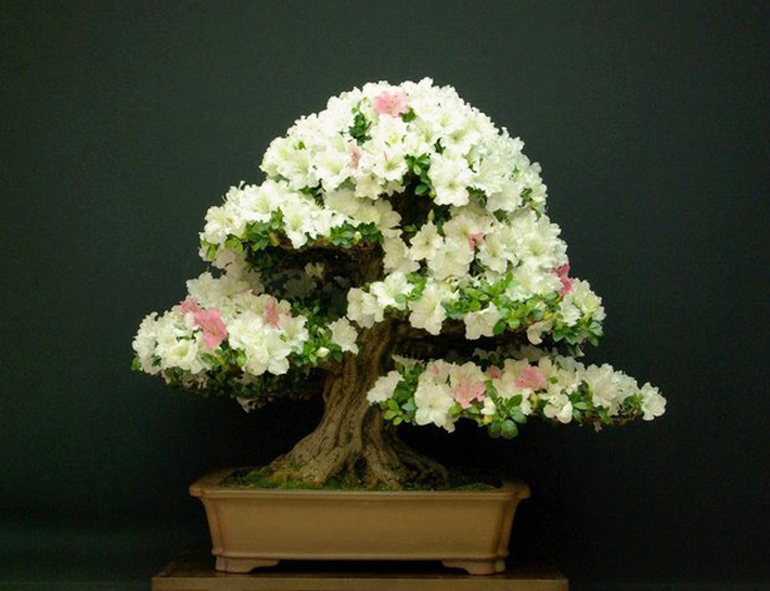 Satsuki azalea displaying a perfect blend of white with a touch of pink and soft green. The flowers dominate right now, but it's no accident that the color of the pot enhances the not-so-shabby, deeply grooved trunk and nebari. An earlier shot of the same tree appears below.
Satsuki azalea displaying a perfect blend of white with a touch of pink and soft green. The flowers dominate right now, but it's no accident that the color of the pot enhances the not-so-shabby, deeply grooved trunk and nebari. An earlier shot of the same tree appears below.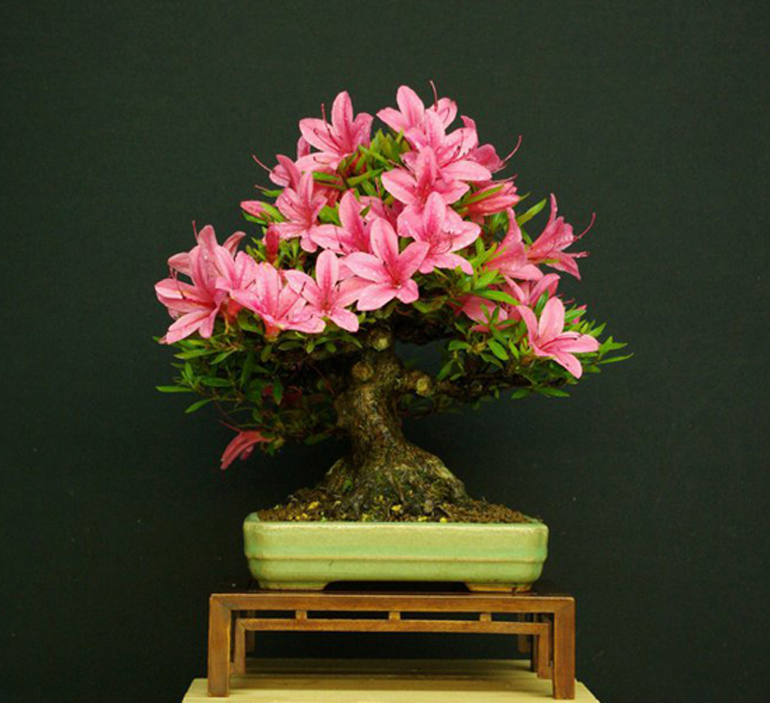 Another azalea showing off. It's hard to tell the exact size of the tree, but judging by the flowers, I'd say it's a
Another azalea showing off. It's hard to tell the exact size of the tree, but judging by the flowers, I'd say it's a 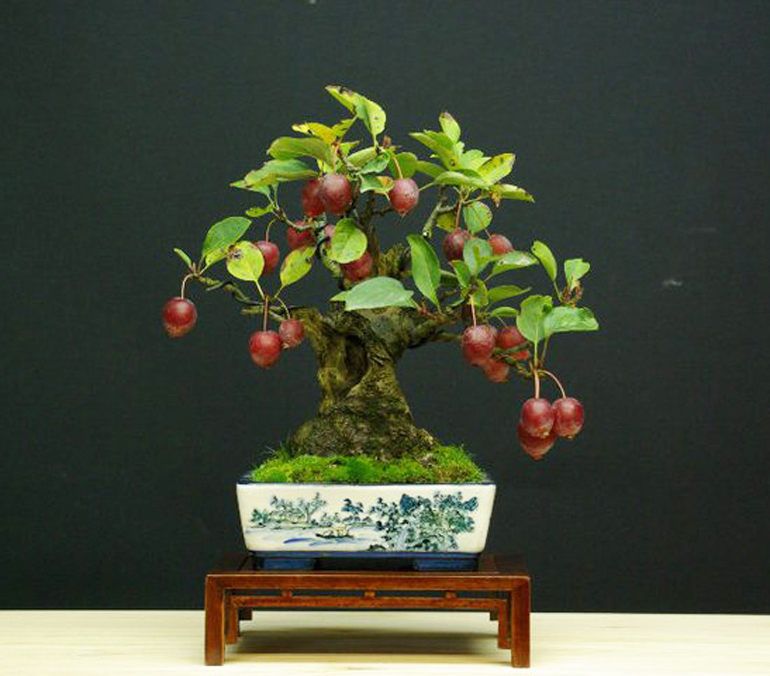 The fleeting flowers are gone. With a little luck (and diligence) the birds will spare the fruit. Looks like shohin crabapple in a rather spectacular Japanese pot.
The fleeting flowers are gone. With a little luck (and diligence) the birds will spare the fruit. Looks like shohin crabapple in a rather spectacular Japanese pot.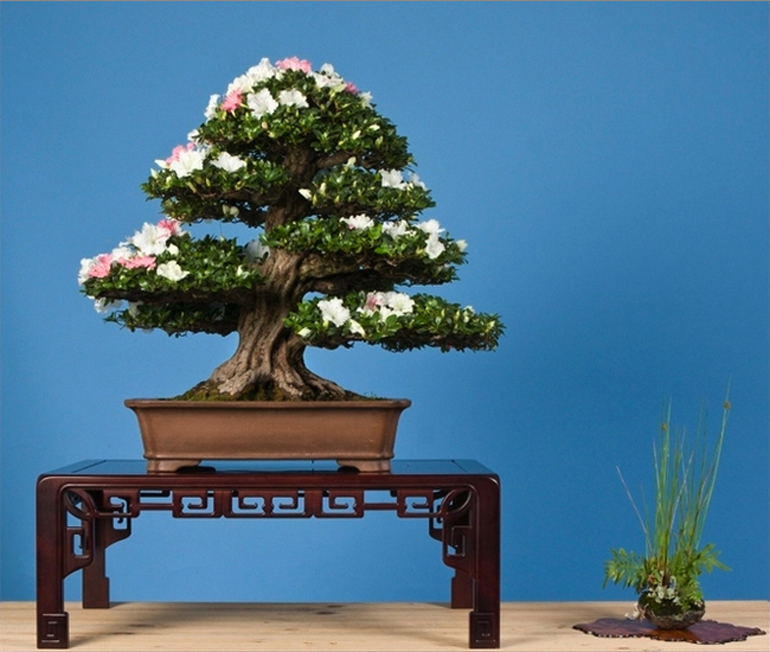 Here's the same tree that's at the top of the post. A little earlier in the season, before the flowers completely take over. I like the way the tree's structure is a bit more revealed than in the shot above. This one is from
Here's the same tree that's at the top of the post. A little earlier in the season, before the flowers completely take over. I like the way the tree's structure is a bit more revealed than in the shot above. This one is from 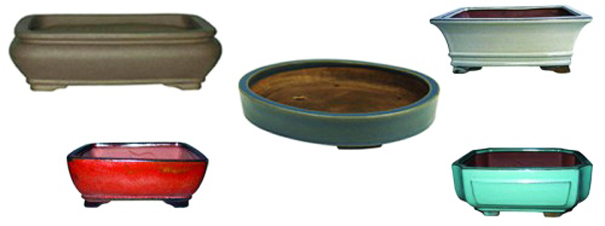
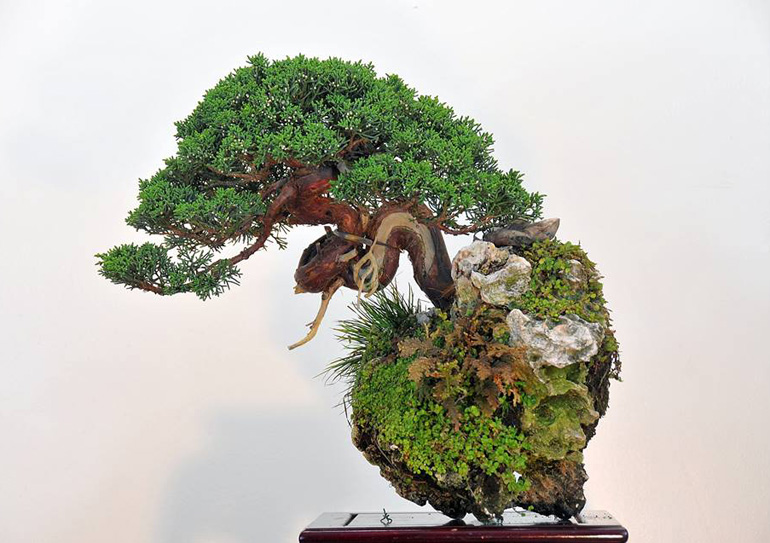
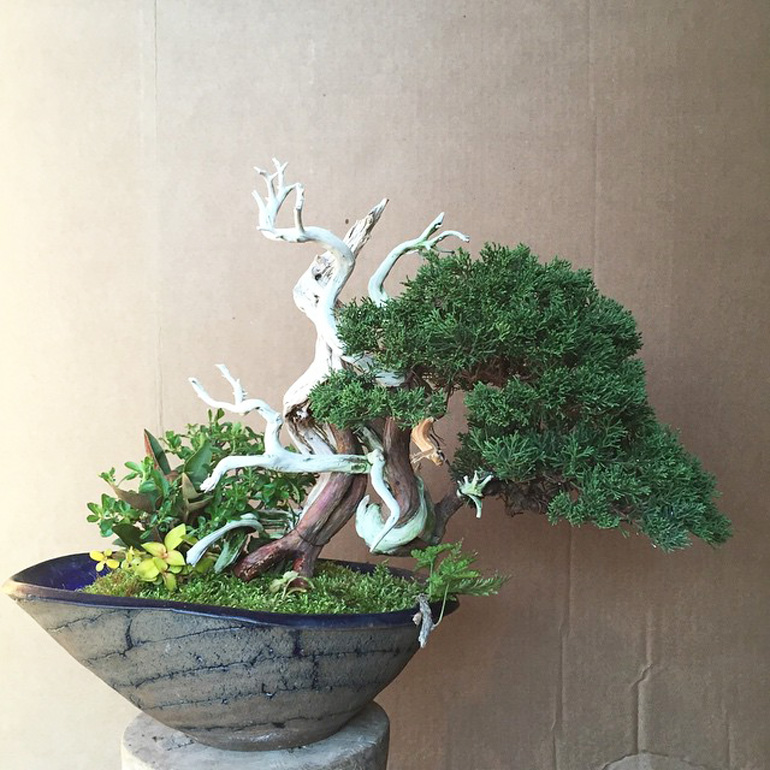
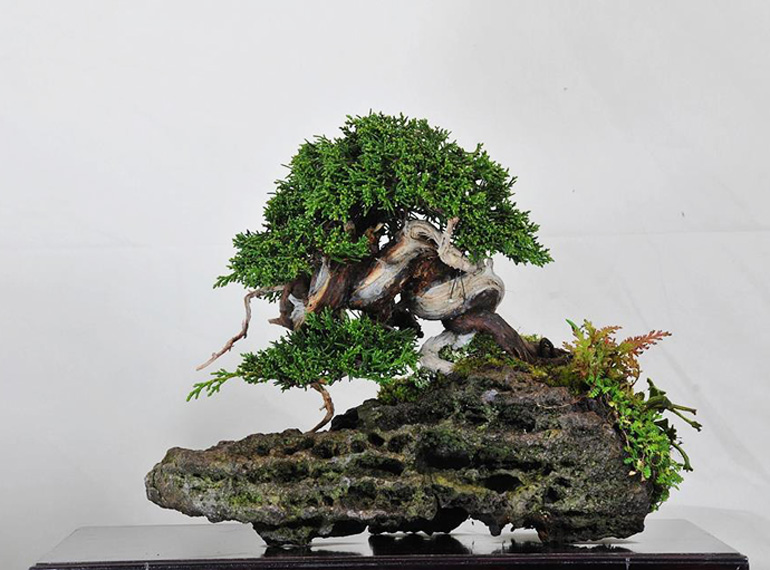
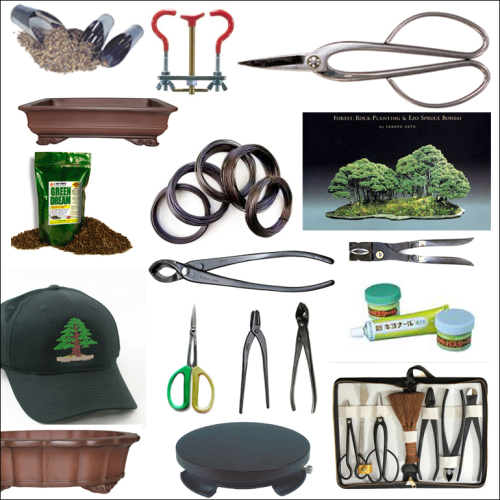
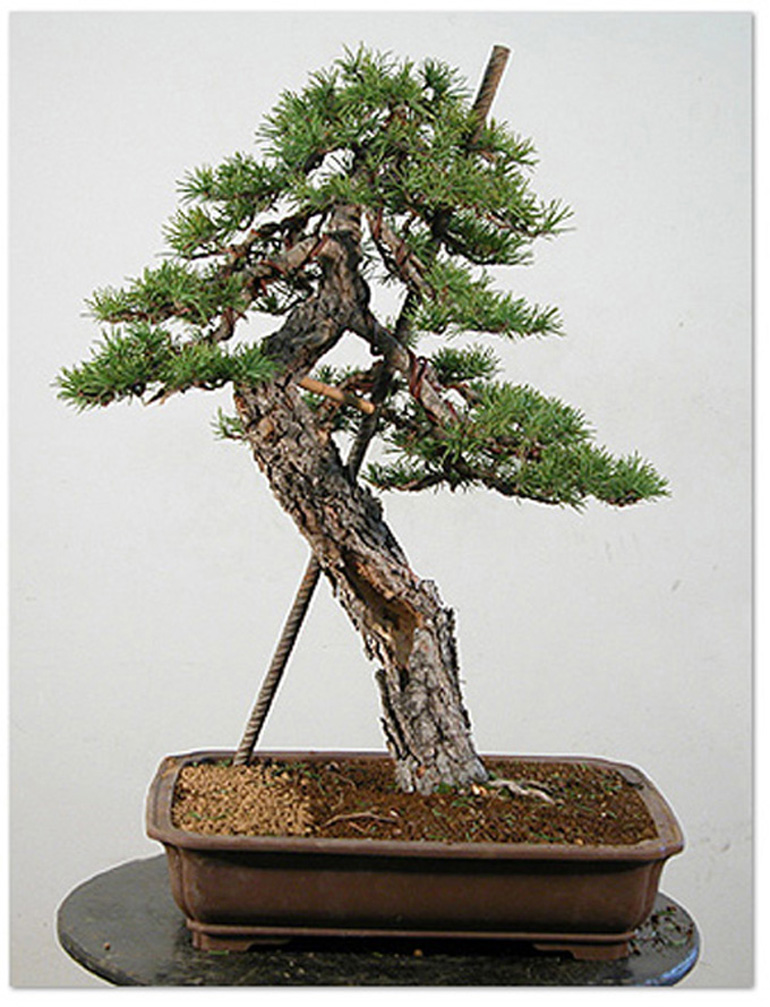
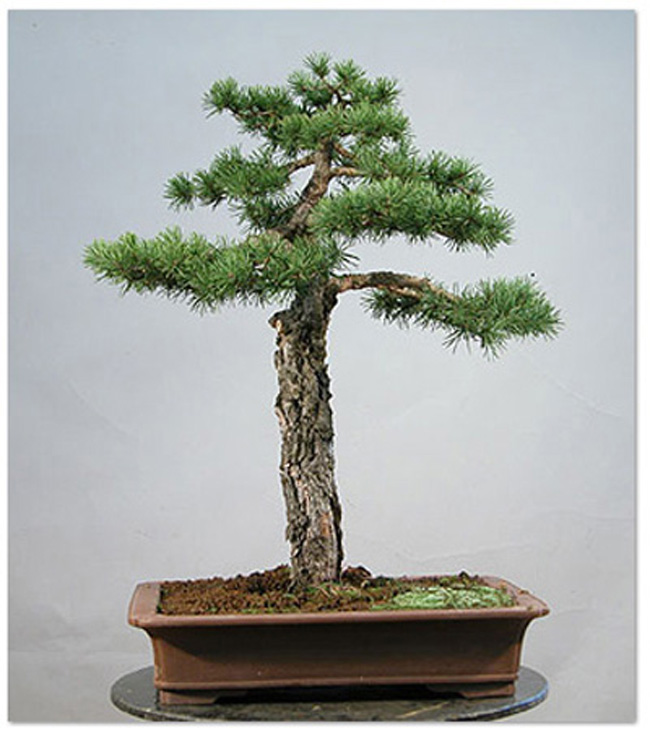 Before. What would you have done?
Before. What would you have done?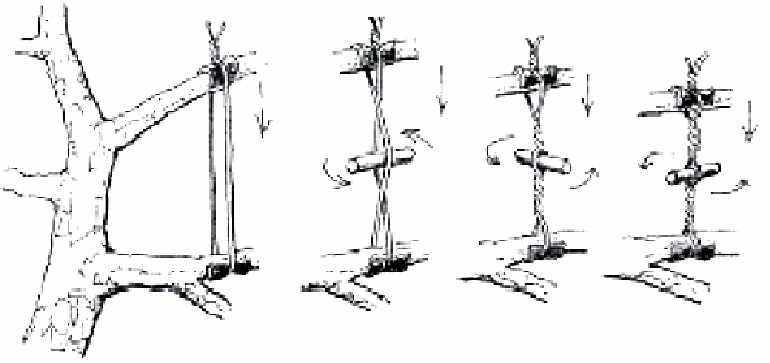 This simple and clear illustration (from the
This simple and clear illustration (from the 
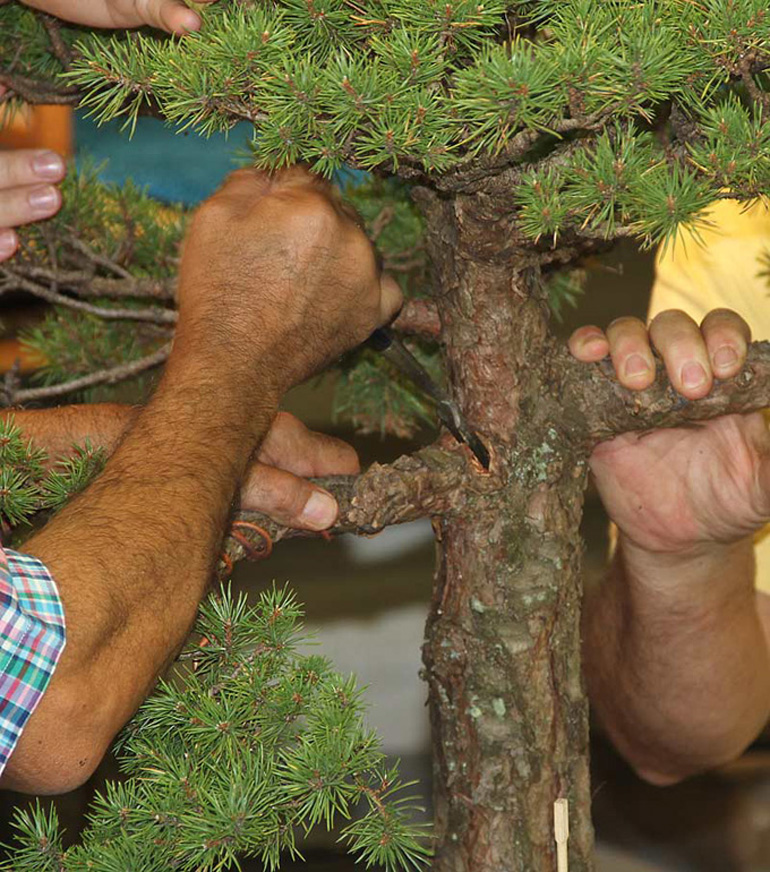

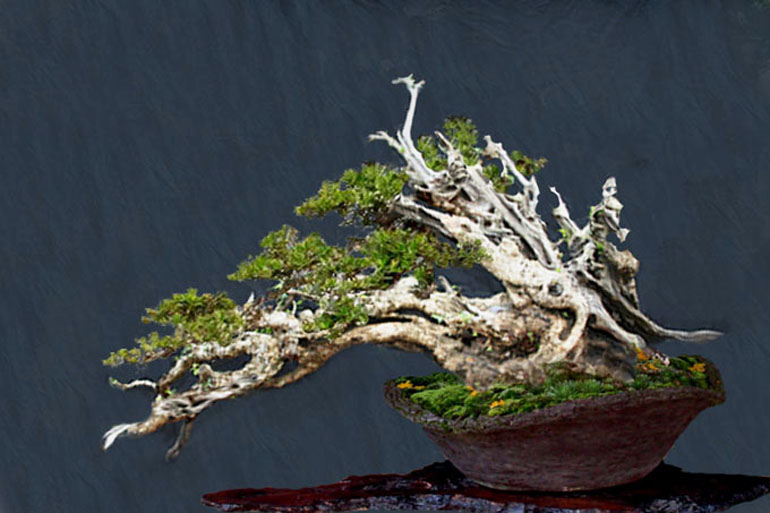 After. Robert Steven's simulation of an Olive that was submitted by
After. Robert Steven's simulation of an Olive that was submitted by 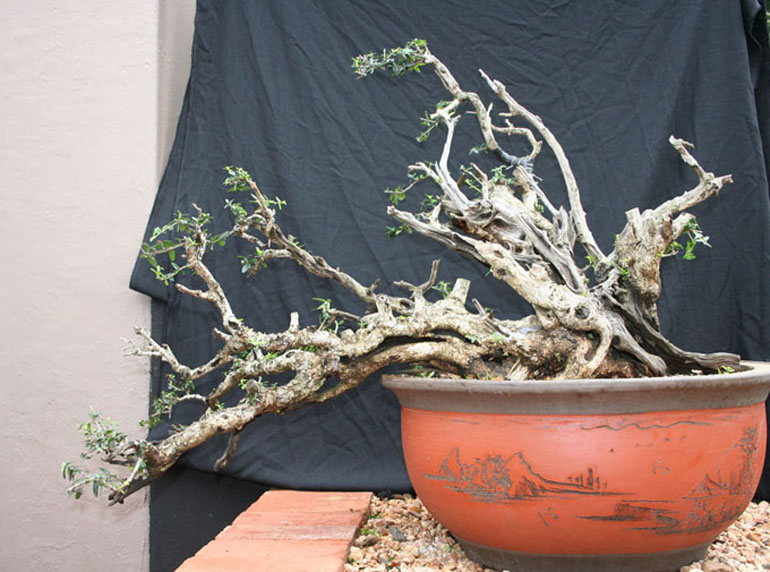 Before. This is the photo that Gary submitted to Robert.
Before. This is the photo that Gary submitted to Robert.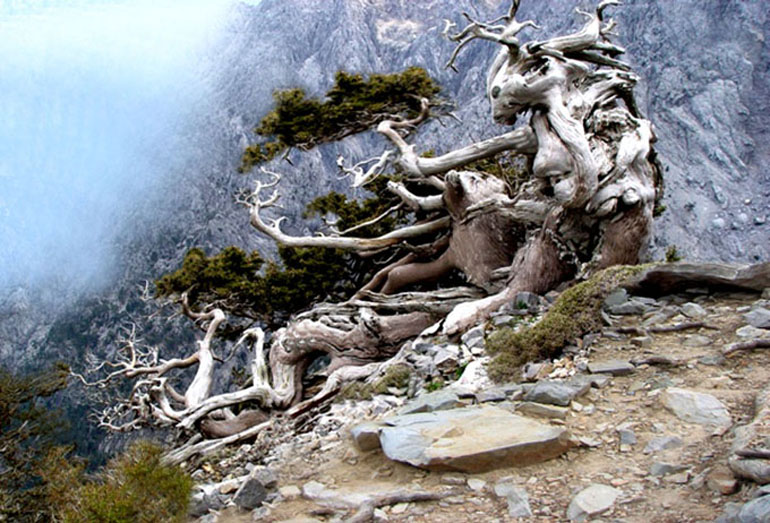 Point well taken. Robert sent this photo along with his critique.
Point well taken. Robert sent this photo along with his critique.
